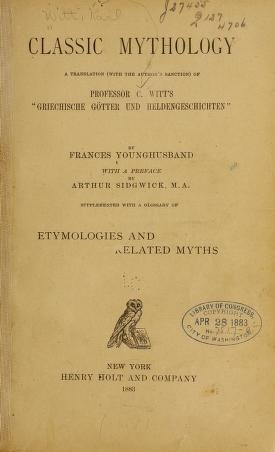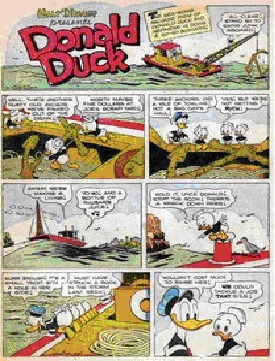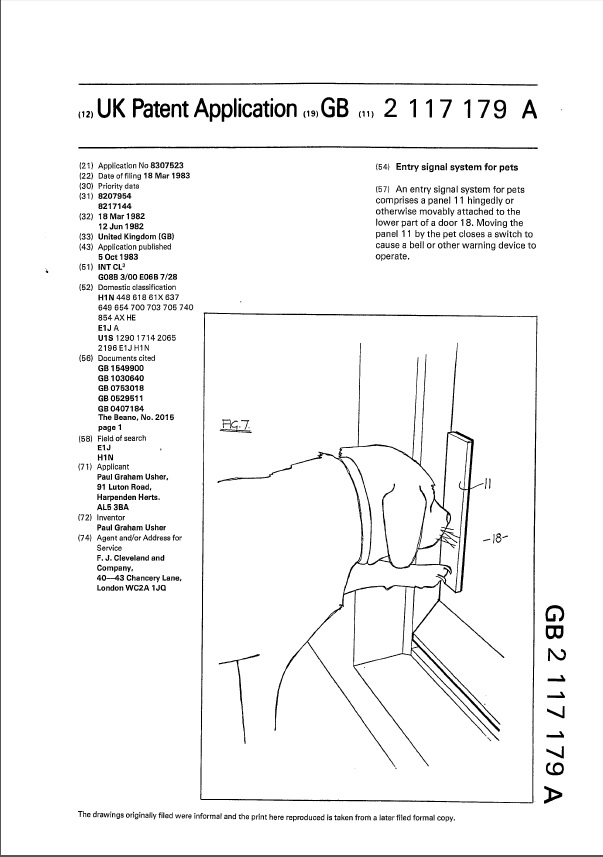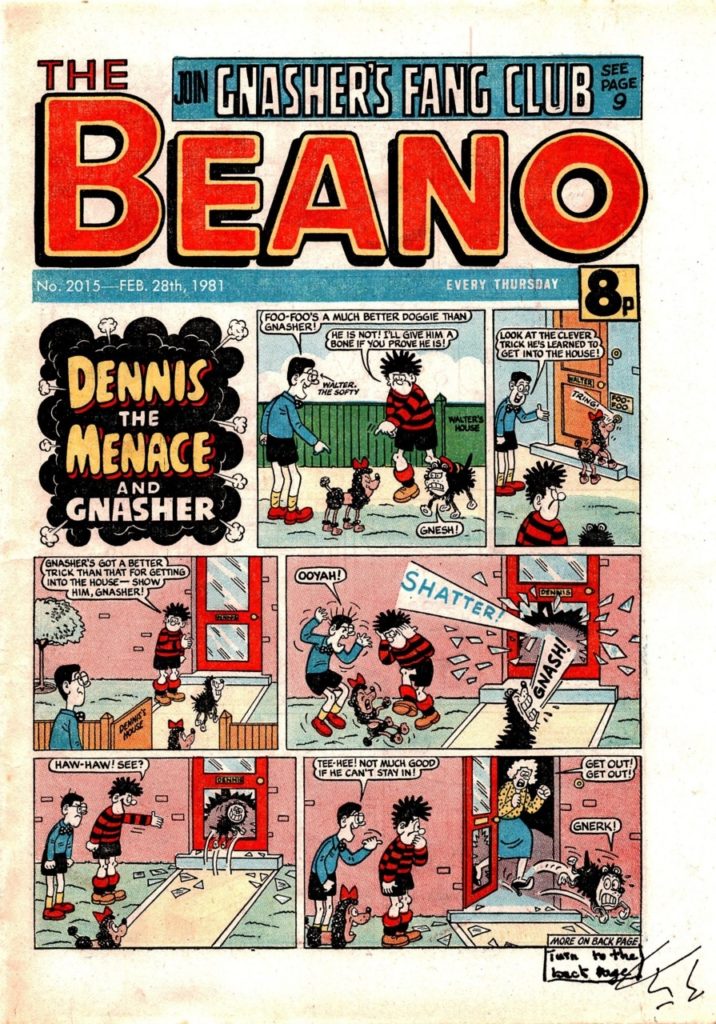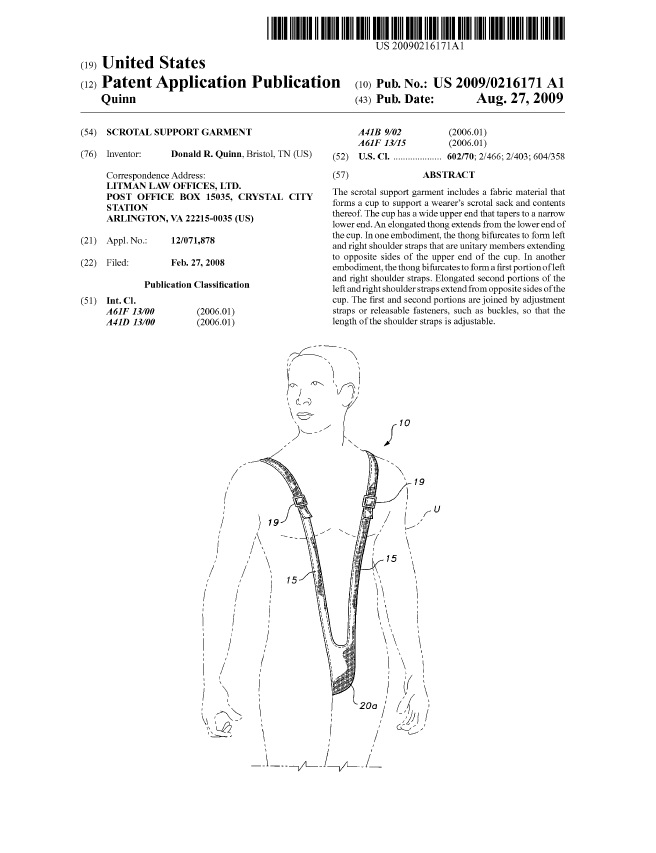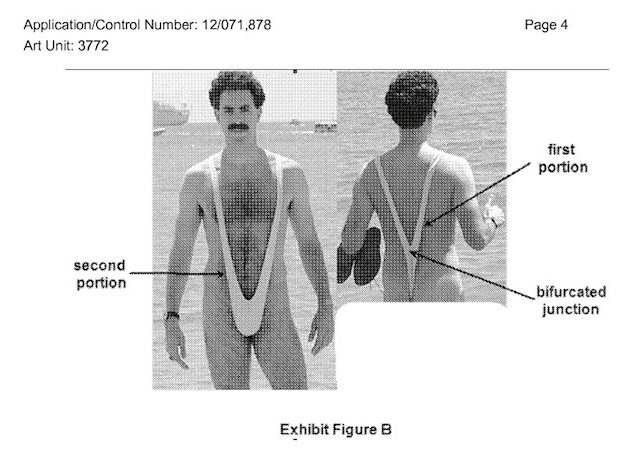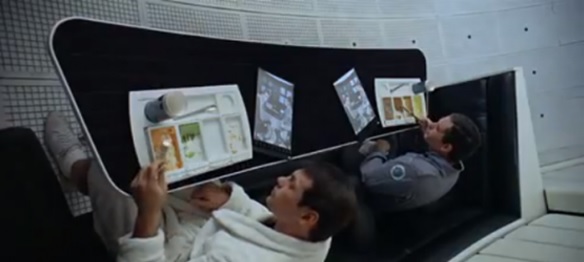In Yeda Research and Development Co., Ltd. v. Mylan Pharmaceuticals Inc., [2017-1594, 2017-1595, 2017-1596] (October 12, 2018) the Federal Circuit affirmed the Board’s determination that U.S. Patent Nos. 8,232,250, 8,399,413, and 8,969,302 unpatentable as obvious.
Yeda contends that its due process rights and the APA were violated because it did not have notice of, and an opportunity to respond to, Khan 2009. The Board relied on Khan 2009 in deciding whether a POSITA would have had a reasonable expectation of success of a thrice-weekly regimen. Yeda received notice of Khan 2009 in Petitioners’ expert reply declaration, attached to Petitioners’ reply. Yeda deposed Dr. Green after receiving his reply declaration; he discussed Khan 2009 in that deposition and was questioned about it. Yeda also moved to exclude Khan 2009 as irrelevant, which the Board denied. Yeda could have, but did not, address Khan 2009 at the oral hearing or
seek leave to file a surreply to substantively respond to Khan 2009.
Based on this record, the Federal Circuit received proper notice of and an opportunity to respond to Khan 2009—an opportunity Yeda took advantage of when it moved to exclude the study. But Yeda contends that it had no notice that the Board “might rely extensively” on Khan 2009 and make it “an essential part of its obviousness analysis.” The Federal Circuit said that although Yeda framed its argument as being about due process, it really only challenges the Board’s use of Khan 2009. The Board acknowledged that Khan 2009 does not qualify as statutory prior art, but because the study began two years before the priority date of the patents, the Board concluded that Khan 2009 is “probative of the fact that those skilled in the art were motivated to
investigate dosing regimens of GA with fewer injections to improve patient compliance.”
The real question before the Federal Circuit was whether the Board may consider non-prior art evidence, such as Khan 2009, in considering the knowledge, motivations, and
expectations of a POSITA regarding the prior art. The Federal Circuit noted that the statute permits IPR petitioners to rely on evidence beyond the asserted prior art. Section 312(a)(3) of Title 35 specifies that a petition should include both “copies of
patents and printed publications that the petitioner relies upon,” and “affidavits or declarations of supporting evidence and opinions.” As do the regulations. See 37 C.F.R. § 42.104(b).
The Federal Circuit said that the Board has recognized that non-prior art evidence of what was known “cannot be applied, independently, as teachings separately combinable” with other prior art, but “can be relied on for their proper supporting roles, e.g., indicating the level of ordinary skill in the art, what certain terms would mean to one with ordinary skill in the art, and how one with ordinary skill in the art would have understood a prior art disclosure.” The Federal Circuit said that the expert’s reliance on Khan 2009 is permissible, as it supports and explains his position that a POSITA would have thought less frequent dosing worthy of investigation as of the priority date. The Federal Circuit found the reliance proper, but to the extent that this reliance was error,
it concluded that it was harmless error, because substantial evidence otherwise
supports the Board’s conclusion.

